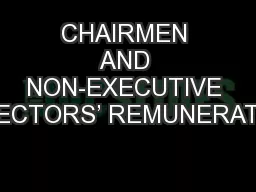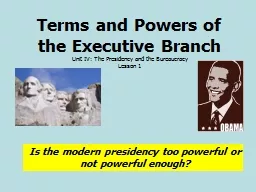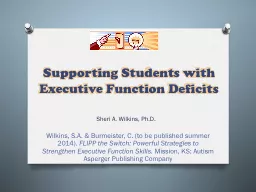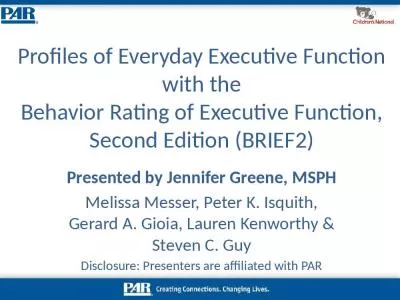PPT-#IASACINVO The 2016 Executive Education
Author : test | Published Date : 2018-10-30
Roundtable Series It is The Eighth Year The Zeros Have Left The Building San Antonio Texas June 13 2016 John W Mitchell June 2016 Month 84only 3 Longer Postwar
Presentation Embed Code
Download Presentation
Download Presentation The PPT/PDF document "#IASACINVO The 2016 Executive Educatio..." is the property of its rightful owner. Permission is granted to download and print the materials on this website for personal, non-commercial use only, and to display it on your personal computer provided you do not modify the materials and that you retain all copyright notices contained in the materials. By downloading content from our website, you accept the terms of this agreement.
#IASACINVO The 2016 Executive Education: Transcript
Download Rules Of Document
"#IASACINVO The 2016 Executive Education"The content belongs to its owner. You may download and print it for personal use, without modification, and keep all copyright notices. By downloading, you agree to these terms.
Related Documents














